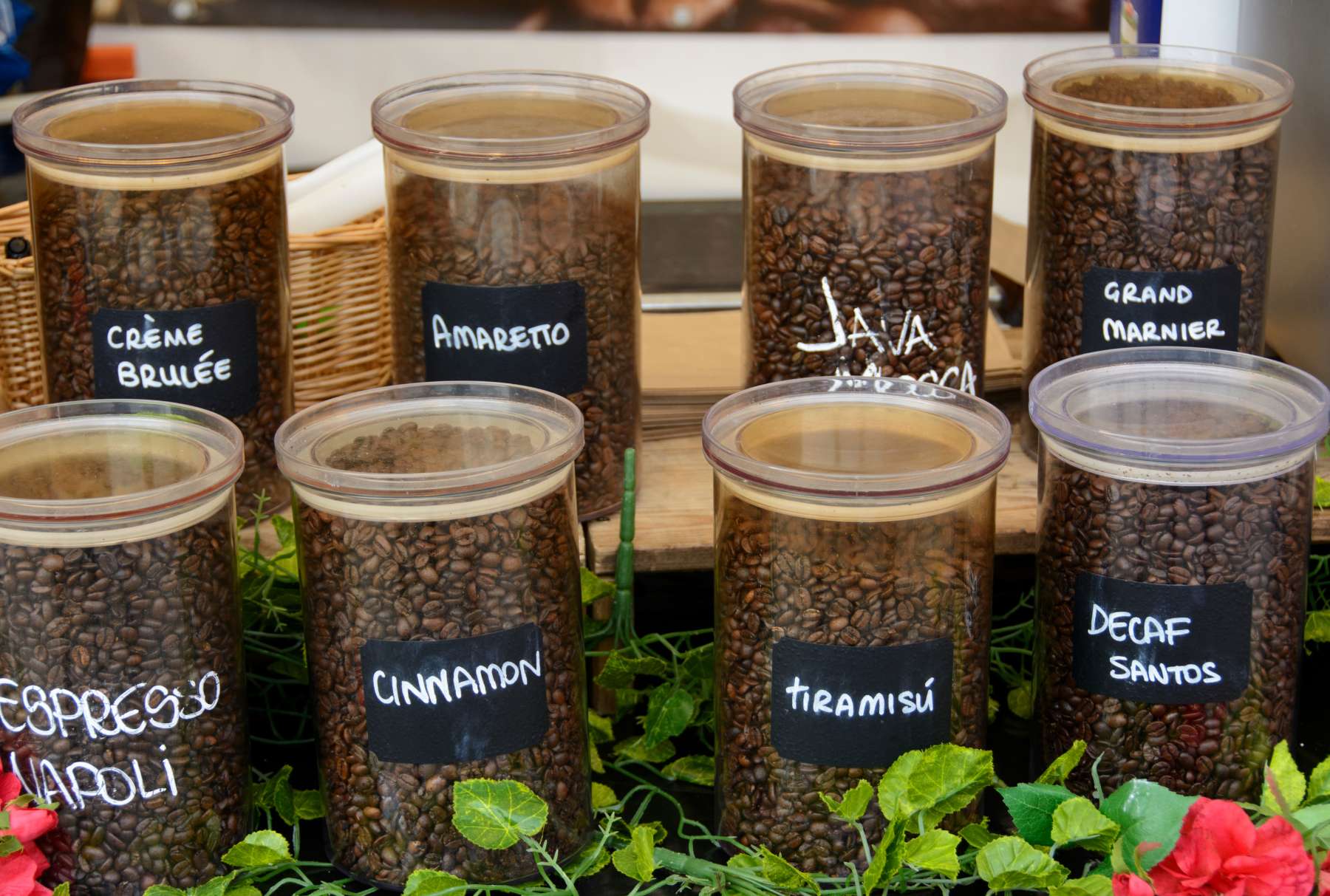Creating Customer Loyalty: Smooth vs Sticky Journeys in Service Provision
Dive into Andrew Lindridge's insights on 'Smooth' vs 'Sticky' journeys in service provision, and learn how these strategies can build customer loyalty and transform your business.
23 January 2024
For example, customers who regularly buy a coffee from a high-street coffee provider. Why bother changing coffee providers when the cost difference is minimal, or the hassle of finding a new coffee shop is tiresome? Service providers make each purchase as consistent and predictable as possible, by making repeat purchases effortless. In marketing, we call this the ‘smooth service journey’.
However, some service providers deliberately offer service encounters that are not consistent, effortless, or predictable. For example, some gyms offer varying workout programmes with memberships that do not necessarily tie you into a yearly contract. We describe these service encounters as ‘sticky journeys’. They capture how consumers can engage, detach, and re-engage with a service provider as and when they want to.

How can service providers utilise these approaches to create customer loyalty?
A research paper by Professor Andrew Lindridge, Professor of Marketing and Consumer Research at Newcastle University Business School and his co-authors Anton Siebert, Ahir Gopaldas and Claudia Simoes, suggests that customer experience management research is increasingly concerned with the long-term evolution of customer experience journeys across multiple service cycles.
The paper is entitled Customer Experience Journeys: Loyalty Loops Versus Involvement Spirals. It focuses on two types of service journeys experienced by customers:
- The ‘smooth journey’ – this is a dominant journey and aims to make customers’ lives easier, with a cyclical pattern of predictable experiences that builds customer loyalty over time, also known as a loyalty loop.
- The ‘sticky journey’ – this aims to make customers’ lives exciting, with a cyclical pattern of unpredictable experiences that increases customer involvement over time.
Service providers are encouraged to incorporate aspects of both journeys into their service provision to increase their competitiveness and profitability.
The differences between the smooth and sticky journey models
Smooth journeys are characterised by:
- service offering - instrumental
- customer is motivated by ‘getting the job done’. Examples include hotels, buying coffee, or tiresome tasks, such as buying insurance.
- encourage purchases during commencement of the smooth journey. Service prices and purchase options are presented up front to customers at the very beginning of the purchasing process.
- encourage repeat purchasing through predictability and ease.
Sticky journeys are characterised by:
- service offering - recreational
- customer is seeking challenges, fun, unpredictability and thrills. Examples include fitness programmes, life-style media, and content sharing networks, like Instagram. During the subsequent stages of the sticky journey, the customer can enter and leave the service freely. Therefore, a company introducing service pricing options once the customer has already engaged with the service can be beneficial. Why? Because the customer has now started to build an emotional engagement based upon having a fun experience.
How to sustain customer journeys in multiservice systems
The paper identifies that many service providers operate multiservice systems including aspects of instrumental (smooth journeys) and recreational services (sticky journeys). In particular, the findings encourage service providers to draw upon aspects of both journeys to encourage customer retention and profitability through various strategies.
If your organisation’s customer journey reflects a smooth journey, then we suggest you should introduce some aspects of sticky journey to your service provision. The following strategies would increase customer retention:
- encourage a new smooth journey by offering new service experiences. For example, a high-street coffee provider rewarding customers with a free cake with their coffee. The customer enjoys the cake, and then wants to repeat the experience by regularly buying the cake.
- offer service encounter unpredictability. Rather than offer the customer the same service encounter and product, offer something different. Such as the coffee provider offering its customers a new flavour in their coffee.
- further increase the service encounter unpredictability by offering a completely different service or product offering. The high-street coffee provider could give its customers a one-time offer to try anything new on their menu free of charge initially, thereby encouraging repeat purchasing.

If your organisation’s customer journey reflects a sticky journey, then we suggest you should introduce some aspects of a smooth journey to your service provision. The following strategies would also increase customer retention:
- create exciting new opportunities to encourage customer retention. For example, a gym may introduce international competitions to prevent high performing customers from becoming bored with their gym classes.
- offer supplementary, predictable services or products to encourage a smooth journey. For example, the gym might offer its customers a tasty protein loaded smoothie. Customers may then regularly purchase this predictable offering whilst attending their changeable gym workout.
- switch your service offering to a smooth journey. Sometimes customers want predictability. In a gym, a customer might not want to constantly compete with themselves, but just keep fit.
